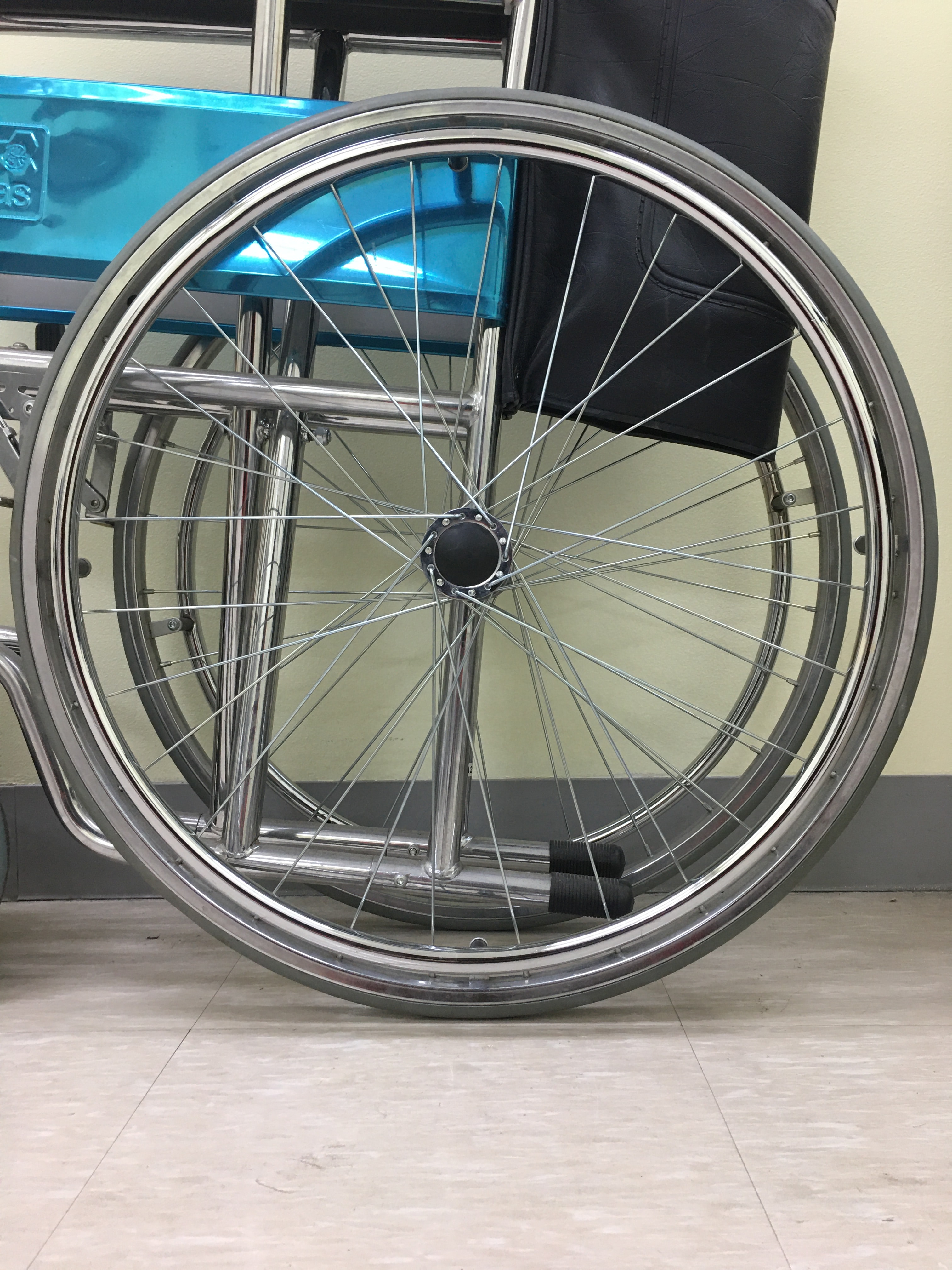Patients discharged to skilled nursing facilities are at risk of being prescribed addictive opioids.
A new Oregon State University College of Pharmacy study published in Pharmacoepidemiology and Drug Safety found 70 percent of patients discharged from a hospital to skilled nursing facilities were prescribed an opioid. Of those prescribed opioids, 68 percent were prescribed oxycodone, and more than half of the prescriptions had a daily morphine milligram equivalent of 90 or higher. The Oregon Health and Science University and the University of Massachusetts Medical School, along with Oregon State researchers, examined over one year 4,374 hospital patients discharged to these facilities, which allow patients to receive short-term, rehabilitative care or long-term residential care.
Researchers found “61 percent of patients who were prescribed an opioid were older than 65, and some of the patients were frail and suffered from cognitive impairment.” This suggests vulnerable patients are getting higher doses of opioids than what has been federally recommended. Many patients discharged from skilled nursing facilities are also left with partial prescriptions that are brought home with them.

“Being a surgical patient, being female, having a diagnosis of cancer or chronic pain, and receiving an opioid on the first day of hospital admission were all independently associated with the likelihood of receiving an opioid prescription upon discharge to a skilled nursing facility,” Jon Furuno, the study’s author, said. “For patients or residents in those facilities, opioid risks are often compounded by the fact many of them are taking multiple drugs for multiple conditions. And notably, skilled nursing facility residents are also often undertreated for pain. These results support the complexity and need to optimize opioid prescribing in this patient population. Increased efforts are likely needed to optimize opioid prescribing among patients transitioning from hospitals to skilled nursing facilities.”
He added, “An estimated 130 people die each day in this country due to an opioid overdose. And prescription opioid misuse in the United States also does economic damage of more than $78 billion per year. Complicating matters is the growing number of joint replacement and other surgical patients who receive opioid prescriptions, may stay in a skilled nursing facility for just a short time and then are discharged back into their communities. Prescribers and pharmacists need to work together to ensure patients’ pain is managed safely, and knowing which patients are most at risk can inform the best use of resources like medication counseling and other interventions.”
The National Center for Advancing Translational Sciences and the National Institute on Drug Abuse supported the research team, which consisted of Dan Hartung, Brie Noble and Ashlee Hubsky of the OSU College of Pharmacy along with Furuno and Jennifer Tjia and Kate Lapane of the University of Massachusetts Medical School.
A study also published this month in Pharmacoepidemiology and Drug Safety with findings comparable to the Oregon State data sought to take a closer look at the fact that “public and private (Medicaid) payers have implemented benefit limitations to reduce high‐risk opioid prescriptions.” The team “compared the discrepancies in trends between opioid prescription fills vs claims among Medicaid beneficiaries” and found “higher rate of fills in the PDMP compared to pharmacy claims suggests that there may be an increasing trend of out‐of‐pocket payment among Medicaid beneficiaries.” The Centers for Disease Control and Prevention and the National Center for Advancing Translational Sciences and the National Institute on Drug Abuse supported this research and Dan Hartung was involved in the study.
Sources:
Study points out opioid risks for hospital patients transitioning to skilled nursing facilities
Majority of patients discharged to skilled nursing facilities prescribed opioids


Join the conversation!